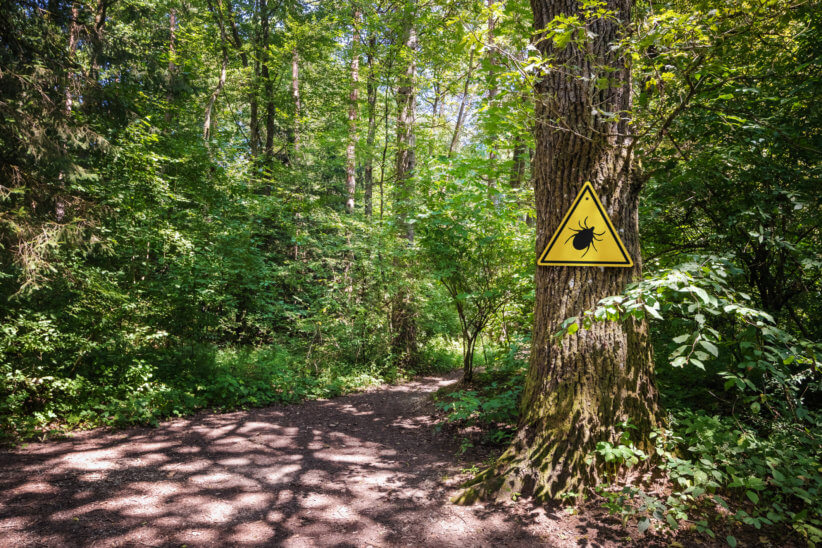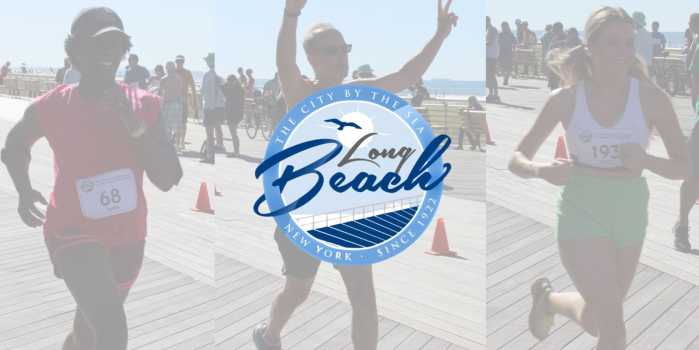
How to Stay Safe From Ticks and Tick Bites
New York families love spending time outdoors. It’s something we look forward to and is a great way to keep the kids active.
Unfortunately, ticks live in cool spots such as wooded areas and hiking trails. They can also be found on brush, leaf areas, tall grasses and attached when your brush is near. As the CDC shares, “Ticks can’t fly or jump, but many tick species wait in a position known as ‘questing.'”
Of course, being outdoors is what we live for, and the best way to enjoy the outdoors in an area that has a heavy tick population is to know to be proactive in preventing your family from tick bites.
Here’s how you and your family can stay safe from ticks and tick bites this summer.
Psst… Here are tips for staying hydrated this summer!
Clothing
The wardrobe is key! Be sure to wear light-colored clothing as it will make it easier to spot any tiny critters. When walking through areas with high grasses or heavily wooded areas, it’s a good idea to wear closed toes shoes, pants, long sleeves or other items to prevent exposure.
For those with long hair, tie your hair back or wear a hat because it is possible for ticks to crawl up or attach anywhere!
Depending on your excursion, stay on trails, especially when hiking. Avoiding off-the-path bushy areas is a tremendous precaution to prevent ticks.
Wear Repellent
Insect repellent with 20-30% DEET is essential to fight off bites.
Checking for Ticks
When checking for ticks on you or your family, start “from the ground up” with the lower parts of the body as ticks generally attach from ground locations.
Important places to check for Ticks:
- Between toes
- Behind knees
- In the groin area
- Around waistline
- In the belly button
- Inside elbow joints and armpits
- In and around the ear
- Around the hairline
- On the scalp
Remember to be sure to check your clothing. These are common attachment locations for ticks to latch because they will usually get stuck and not want to go any further in these areas.
If camping or staying in a wooded area, try placing clothing in a huge plastic bag that you can throw in the next laundry wash. Change into new clothes after you have done a proper tick check.
Bitten by a tick? Here’s what to do next
If you notice a tick, immediately work to remove the tick from the skin. We understand that it can be a scary discovery, but it is important to ensure that it is removed with the right procedures.
Using pointy tweezers, hold the tick and get as close to the skin as possible. Then, pull up the tick in a slow and steady motion.
Next, place the tick in a plastic bag. Keep this bag in case further testing is needed. It is important to evaluate whether or not the tick may have been carrying any borne diseases such as Lyme or Alpha-gal.
To identify the tick, send a photo of the top side of the tick over to TickSpotters, where Dr. Thomas Mather, a tick expert at the University of Rhode Island, and his team will identify it for you within 24 hours.
They will be able to let you know what kind of tick you have, how long it was attached, and if any diseases could have been transmitted.
For further intel on the tick itself, you can also send the tick to these locations:
Finally, be on the lookout for symptoms! Diseases from ticks and other bugs can occur, so monitor any changes such as fever, head and body aches, joint pain, vomiting, rash, or lethargy. If any of these symptoms are present, immediately go to your doctor.






















